INCA VALLEY / INCA CAO - Gastronomic metabolic friendly Chocolate
Belgium
Manufacturer/ Producer
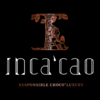

INCA VALLEY / INCA CAO
Belgium
Origine Dark Peru – Origine Dark Madagascar – Origine Dark Togo – Origine Dark Equateur – Origine Dark Vénézuéla – Origine Dark Tanzanie – Origine Dark Colombie
Request for a quote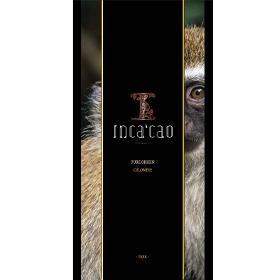
INCA VALLEY / INCA CAO
Belgium
Colombia is known for its beautiful Amazonian and Orinoco rainforest, rich in biodiversity and an important carbon sink for the world. Unfortunately, illegal logging, mining and conversion of land to cattle ranching threatens Colombia’s indigenous forests. Many forest areas have been cleared for coca production. The government is enticing coca farmers to switch to palm oil or cacao production. From a biodiversity perspective cacao is by far the preferred option palm grows in monoculture, while cacao trees are intercropped with other trees and plants. An estimated 25,000 hectares of cacao grown in Colombia were formerly used for illegal crops, and this number is growing. Which is good news for the planet, for the farmers and for chocolate lovers in Colombia and abroad, because there will be more fine flavour cocoa from Colombia available.
Request for a quote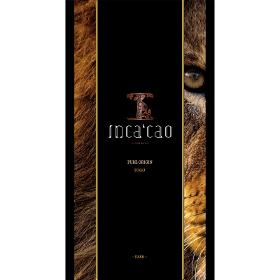
INCA VALLEY / INCA CAO
Belgium
Plateaux Region is renowned for its beautiful natural environment with tropical forests and natural waterfalls. However, tree cover has diminished considerably over the last decades, resulting in land degradation and loss of biodiversity. Forests were cut due to slash and burn agriculture. Also, wood is an important energy source most households cook their food on it. Interestingly, cacao and coffee cultivation is an important protection for Togolese forests. Farmers grow these crops traditionally under the canopy of natural forests, sometimes intercropped with other crops, a socalled agroforestry system. Because their livelihood depends on it, farmers have a big incentive not to cut down trees. On the contrary, they protect the forests from further degradation and – as a consequence – help to preserve biodiversity.
Request for a quote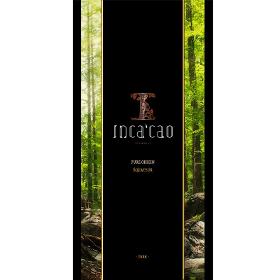
INCA VALLEY / INCA CAO
Belgium
Cacao on Garyth farm grows in a sustainable agroforestry system, which helps to protect plant and animal life in the area, including the rich biodiversity of the TumbesChocó Magdalena national park. This park is one of the top 25 world biodiversity hotspots and stretches over 3 countries. While the biodiversity is relatively intact in Colombia and Peru, it is highly threatened in Ecuador because of deforestation and monoculture farming. Garyth’s approach to cacao production is a shining example of how well nature and farming can live together in harmony. As a passionate and knowledgeable organic farmer, Thomas has introduced various natural systems to protect his trees and crops from diseases and to stimulate pollination and healthy growth of the cacao pods. In 2019 his hard work was rewarded with organic certification.
Request for a quote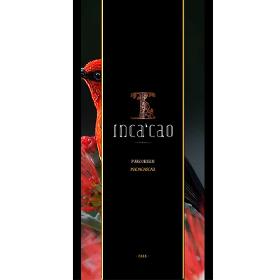
INCA VALLEY / INCA CAO
Belgium
Sambirano Tsarafandray cacao is organic certified; no pesticides and only natural fertilizers are used in its production. Cacao trees grow under the canopy of indigenous shade trees together with mango, banana, vanilla, pineapple, peppers and other crops. Sustainable agroforestry systems like these form a buffer zone protecting Sambirano’s natural rainforests. This is much needed; over 40% of Madagascar’s forests have disappeared over the last 60 years and the remaining forests are fragmented. Deforestation and soil erosion are a major threat, reducing the ability of farmers to produce enough food. With the help of the Rainforest Alliance cocoa farmers in the Sambirano Valley plant new trees to battle soil erosion, protect remaining forest fragments and restore the natural landscape of the valley. Sambirano Tsarafandray cacao has a beautiful flavour profile with medium acidity
Request for a quote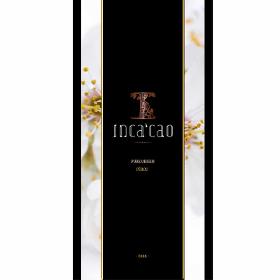
INCA VALLEY / INCA CAO
Belgium
Peru belongs to the most forested countries in the world, over half of Peru is covered in trees – and a large part of it is an Amazonian tropical forest. No wonder Peru is in the top 10 of most biodiverse countries in the world. Unfortunately, deforestation and forest degradation are serious issues in Peru, caused by monoculture farming, mining, road construction and illegal logging. Because cacao grows in agroforestry, its cultivation gives farmers the opportunity to earn an income, while protecting forests and conserving biodiversity. Peru Ucayali cacao is organically produced and certified; no pesticides or chemical fertilizers are used. Peru Ucayali cacao is from Trinitario varieties. Its flavor profile is characterized by a balanced chocolaty body, low in acidity, with remarkable sweet notes of caramel and nuts and hints of fruity flavors.
Request for a quote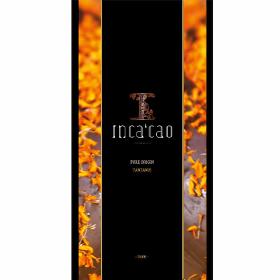
INCA VALLEY / INCA CAO
Belgium
Despite its importance for food production and biodiversity, the Kilombero Valley is facing serious challenges, such as declines in water quantity, water pollution, and degrading wetlands and forests. Kokoa Kamili cacao grows in smallscale agroforestry and is intercropped with shade trees, bananas, corn and other crops. This production system is an ecological alternative for monoplantations and helps to preserve biodiversity. It also creates a natural buffer zone for the Udzungwa Mountains National Park, a birdwatchers’ paradise and famous for its primates, elephants and vast variety in flora. Smallholder cocoa farmers in the Kilombero Valley are practicing organic farming since time immemorial, simply because pesticides and chemical fertilizers were not available. In 2015 this was officially awarded with organic certification for Europe, the US and Japan! Electricity for the Kokoa Kamili fermentation centre comes from solar power.
Request for a quote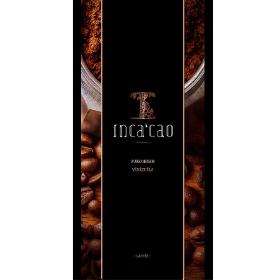
INCA VALLEY / INCA CAO
Belgium
The Venezuelan story Forest Rio Caribe Superior cacao grows in agroforestry, in which cacao trees are intercropped with other crops. This agricultural system promotes biodiversity and forms a buffer zone protecting remaining forests and the national park, Península de Paria Growing cacao helps to protect the natural environment while giving farmers an opportunity to earn an income. Venezuela Rio Caribe Superior is from Trinitario and Criollo varieties. The beans are low in acidity, and have an intense and strong chocolaty body with sweet, nutty and floral hints. Consistent application of protocols during harvest and postharvest results in an outstanding quality, labelled as ‘superior’. After manual picking, the farmers bring the wet beans to a central fermentation unit, where they are fermented for 6 or 7 days in wooden boxes, with controlled turning based on temperature.
Request for a quote
INCA VALLEY / INCA CAO
Belgium
Origine Vanille Comores – Origine Vanille Madagascar – Origine Vanille Mexique – Origine Vanille Inde – Origine Vanille Ouganda – Origine Vanille Papouasie Nouvelle Guinée – Origine Vanille Tahiti
Request for a quote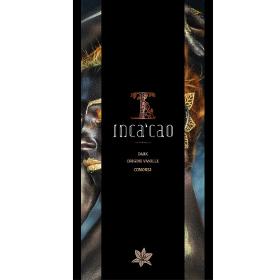
INCA VALLEY / INCA CAO
Belgium
The Comoros are made up of 4 islands Mayotte and three islands independent of France forming the Union of the Comoros (Grande Comore, Anjouan and Moheli). Grande Comore is a volcanic island. The island suffers from a severe lack of water, the volcanic rocks do not retain water and there is little source. The main economic resource is the cultivation of vanilla. Vanilla, introduced in the Comoros before the 1930s, is cultivated on the four islands in a traditional way. This capricious orchid offers a beautiful cluster flower. Fertilization is carried out manually by women at dawn. A good worker “marries” 1000 to 1500 vanilla flowers per day. During the harvesting time, one picks pod by pod, to a precise degree just before “technical maturation”.
Request for a quoteManufacturer/ Producer
25, Bus 0002, Verrekijker
8750 Wingene - Belgium